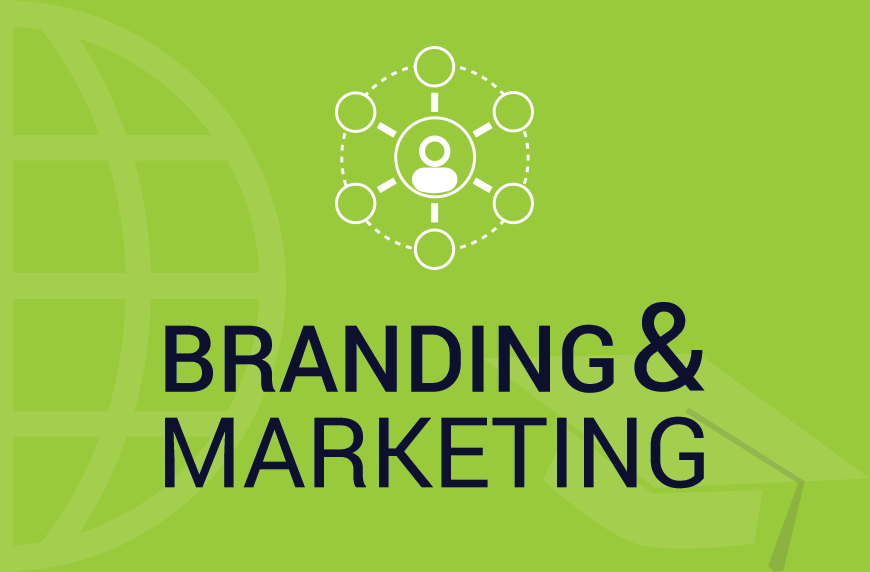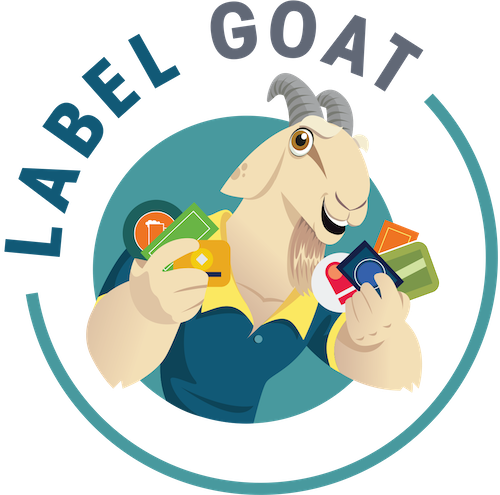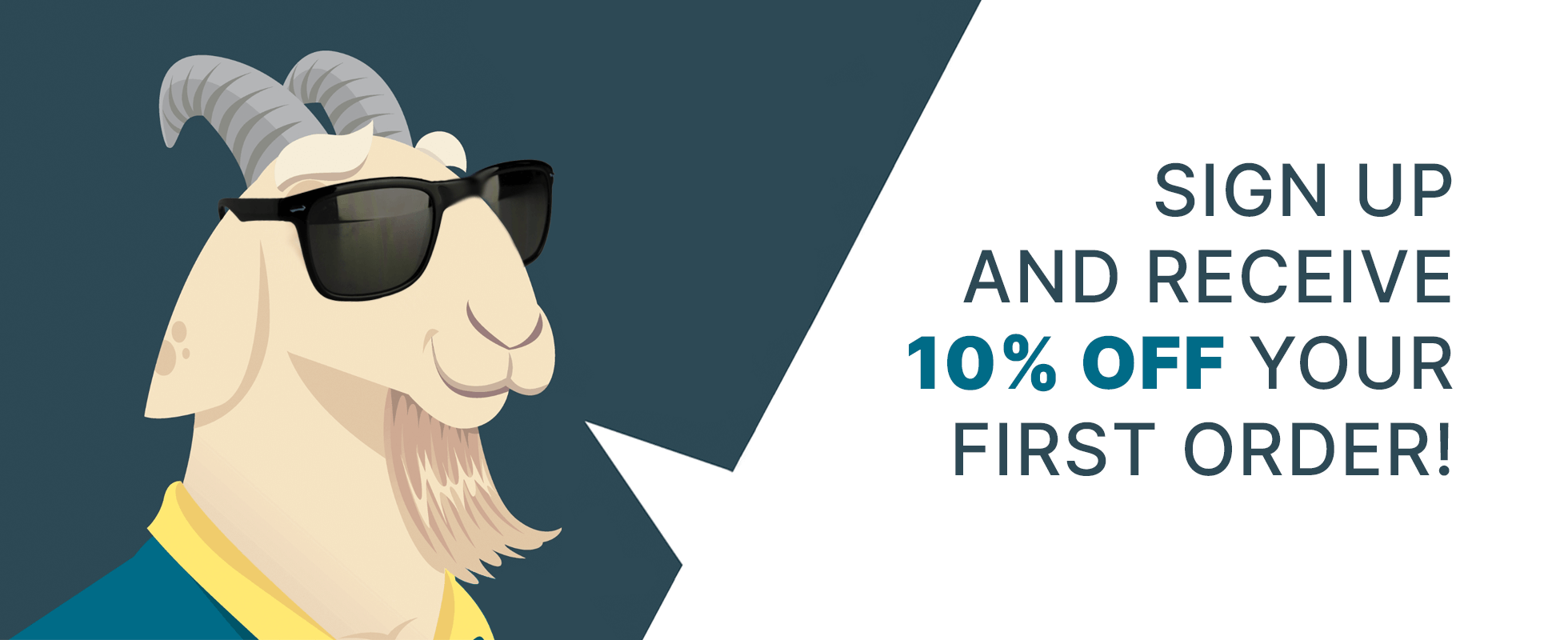Guide to Branding and Marketing Messages on Labels
Published on May 21, 2023

Product packaging is absolutely an essential part of the shopping experience today. With great similar products, how a company sets its products apart from competitors is a crucial question today. The answer to that lies in its branding and, more directly, its packaging design.
It has been found that when evaluating brands, people rely more on their emotions than on cold, hard facts. It becomes important when planning the contents of your package label since 60% of customers rely on the packaging labels to make purchase decisions. So, what is the best way to highlight your brand on your product label? Here is a brief guide.
Ask Questions to Yourself
You have to be clear about a few things regarding your brand and your product before you start envisioning the perfect label design for your product. Cohesiveness is an important factor in ensuring your package design appeals to customers. That means all the elements must work hand-in-hand to send the same message across the board.
The foremost thing is clarity about what kind of brand identity you want, what kind of customers you target, and what sets your product apart from the competition. Once you have that down, you can start thinking about the particulars.
Product Name
The product name is the most basic thing you need in the packaging. Hopefully, you have decided on a catchy name for your product. It’s because consumers can easily retain catchy names. So this work has to go in before you start thinking about the packaging.
Company Logo
Regarding branding, it is impossible to overstate the importance of a good company logo. But what does a ‘good’ logo mean? A good logo isn’t just appealing to the eye; it can communicate much about where you stand as a company. It includes your product niche, your company values, and so on. But the most important factor is its recognizability — how easy is your logo to recognize and remember? The company logo and product must be compulsorily present on your label from a branding and marketing point of view.
Design Language
The most important and complex part of label design is its design language. Package design is a visual endeavor, and as such, it draws upon all the fundamentals of visual branding. You are better off working with an experienced designer who is well versed in this aspect of marketing to create your package design.
First, the color palette you choose to design your package will be part of the customer’s first impression. You need to delve into the intricacies of color psychology to choose your color palette: a product for men can do well with dark, cool colors, while a product for children needs to have bright hues like yellow and orange.
The fonts you choose also need to line up with your visual messaging. Returning to the product name, the font used in the product name will completely set the tone for how your product is perceived.
All these elements will work in sync to define the design language of your product and create the space for other marketing messages on your product package. If you can’t nail this down, your product labels won’t perform well with the target customers.
Product Description
This part is especially important if you’re a new, unknown company introducing a brand-new product. Even the biggest companies with the most successful branding, like Coca-Cola, mention a product description in the product label. If you’re introducing a new product, then it’s best to make it a bit prominent — the worst thing you can do regarding product branding is to confuse potential customers about what your product is.
Background Story
You will often find that small competitors in sectors overtaken by big companies tend to put an elaborate background story to their company or product on the packaging labels. They are trying to create a dedicated niche in a saturated market. Using captivating writing, they will spell out a compelling story about their origin that makes customers want to take the product off the shelves and bring it home.
Established brands tend to put their background story on the product label to reiterate their credibility and maintain customer trust. But for a new company, this is an especially effective way to build your brand identity and recognition.
Product/Brand Slogan
Despite its effectiveness, not all customers will read a long background story printed on the product packaging. A better way to reach out to potential customers and make yourself known is through an innovative product or brand slogan. A tried and tested marketing tool from time immemorial; brand slogans always stay in fashion. That shows how well a good slogan gets the job done.
Your slogan doesn’t have to say too much about the company. Your focus should be to point out some differentiators or to make some interesting claims about the product in a short, imaginative way. A good slogan sticks to the reader’s mind like glue. Soon, they will have built a permanent place for your brand in their minds, courtesy of your well-placed slogan.
Specials
What better way to persuade customers to buy your product than through special offers? If you have an interesting story that makes a product different from others in your product range, point it out on the product label.
The best example of specials is if you have made a major update on an established product. At its simplest, this refers to the “New and Updated” labels we often see in packaging. It shows potential customers that your product has improved and encourages them to try it. Who knows, you might score some new regular customers that way!
Another way you can point out specials is if you have made a limited-edition product through collaboration with another brand. For example, LEGO regularly collaborates with different media properties to introduce limited-edition products, which sell like hotcakes because of the added value and their limited nature.
That was a basic run-down of all the different things you can utilize for effective branding and marketing messages on your product.

